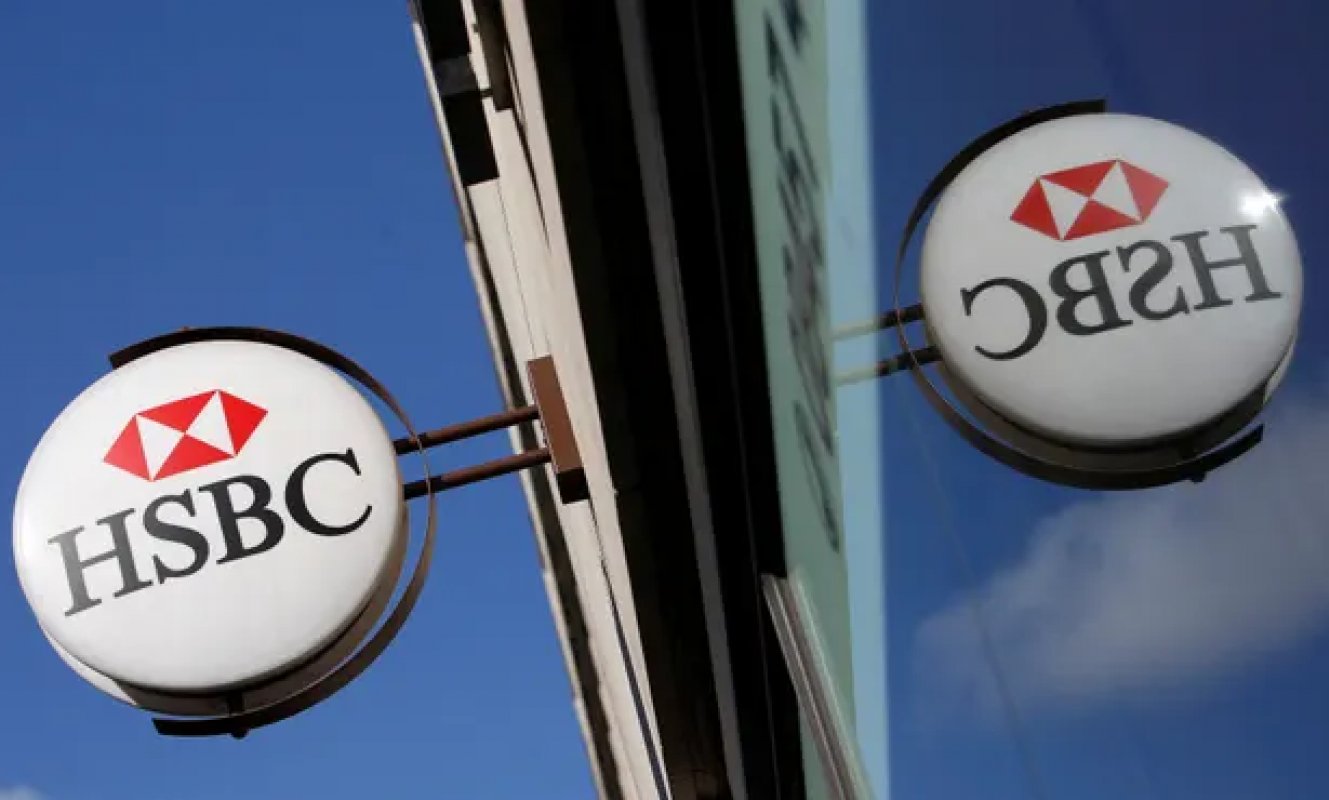UK banking bosses gave off an unexpected air of calm when they released second quarter earnings over the past week, defying wider anxiety over the cost of living crisis and its impact on businesses and consumers.
Major high street lenders, including NatWest, Barclays, Lloyds and HSBC, largely shrugged off concerns over potential defaults linked to weaker economic forecasts, with most announcing fresh payouts for investors and instead releasing money they previously put aside for bad loans.
So why are banks so optimistic, given the intensifying squeeze on household finances? We take a closer look at what we learned over the second quarter earnings season.
Vulnerable customers are struggling, but they have not borrowed from big banks
Lenders were up-front about the impact that 40-year-high inflation was having on their poorest customers.
Lloyds said around 1% of its account holders were “really struggling to make ends meet”, while NatWest revealed customers on the lowest incomes were already edging into fuel poverty – defined as spending more than 10% of their earnings on energy bills.
However, banks said this was not resulting in a surge in defaults, since few of those vulnerable customers actually borrow from major high street banks. That may be due to the fact that they would not have qualified for those loans in the first place.
It means that, rather than putting aside cash to bad debts, banks are able to take less costly steps to deal with the cost of living crisis, including referring struggling customers to consumer charities, or building online budgeting tools.
Customers are cutting back on spending and some have more savings
Banking executives said many customers are actually in a better financial position than they were before the Covid pandemic. That is due to a drop in spending during lockdowns, which helped borrowers pay off debts and built up savings.
“They’re going into this environment in really much better financial shape than they would have been pre-pandemic,” Barclays’ chief financial officer, Anna Cross, said.
Although NatWest said most customers were spending about 20-30% more on “critical items” such as utilities and fuel, consumers seem to be taking matters into their own hands. Lloyds said many were cutting back on subscription services such as Netflix and were avoiding big ticket items including white goods and computers.
Cross explained that Barclays was keeping an eye out on changes in behaviour, such as a fresh reliance on overdrafts or cash withdrawals from credit cards, but had not yet seen any red flags. “I think it’s because of the the rational change around their own spending patterns. But also what we saw during Covid was a real buildup of savings by consumers and indeed corporates, and the [subsequent] paydown in unsecured debt.”
NatWest’s boss, Alison Rose, added that nine out of 10 of her bank’s own mortgage borrowers had also protected themselves against inflation and subsequent rises in interest rates, by signing on to fixed rates.
Rising interest rates are supporting bank income
Even though some banks such as Lloyds Banking Group put aside extra cash to help cushion the blow of potential defaults, those costs were largely offset by higher income linked to rising interest rates.
UK interest rates, which have hovered near record lows for the better part of the last decade, have jumped from 0.25% last year to 1.25% today. It has meant banks are able to charge borrowers more for loans and mortgages, and in turn increase their net interest margin – a key measure of profitability and growth.
Policymakers at the Bank of England are widely expected to increase interest rates again on Thursday, and lenders including Barclays believe they could rise to 2.5% by the end of the year.
That could result in a slowdown in house price growth and mortgage lending. However, Lloyds said it still expected its own rate of lending to grow by single digits over the next 12-18 months.
Barclays also appears to be taking advantage of the outlook on interest rates, having bought the specialist lender Kensington Mortgages in a £2.3bn deal last month.
Low unemployment is giving banks hope
Lloyds revealed one of the most pessimistic forecasts: predicting little or no growth in UK gross domestic product over the rest of the year, and a mere 0.5% increase in 2023. That forecast will partly be affected by inflation peaking at 10-11%, before declining in the latter half of next year, the bank said.
However, Lloyds executives explained that they were still encouraged by forecasts for the UK unemployment rate, which is expected to stay steady at just under 4%.
“It is a very different shock that we’re experiencing, relative to the last 25 years in UK history. But there’s a lot to learn from some of those previous shocks that the economy has been through,” said Charlie Nunn, Lloyds’ chief executive.
He said it was worth considering how emerging economies had dealt with similar economic situations in recent years. “I take a lot of personal experience from those experiences in places like Mexico, India, other parts of Asia, where we saw really significant inflation, but employment rates [were] high. There’s quite a lot to be learned from that.”
Retrieved from :https://www.theguardian.com/business/2022/aug/02/why-do-uk-banks-seem-so-optimistic-despite-the-cost-of-living-crisis (2 Aug, 2022)
The information provided on this website is for reference only. C21 International shall not be liable for any errors, omissions, misstatements, or misrepresentations (express or implied), concerning any Information, and shall not have or accept any liability, obligation, or responsibility whatsoever for any loss, destruction, or damage (including without limitation consequential loss, destruction or damage) howsoever arising from or in respect of using, misusing, inability to use, or relying on the Information.
International News

Why do UK banks seem so optimistic despite the cost of living crisis?
2022.8.2
United Kingdom
west
Mortgage affordability test scrapped by Bank of England
2022.8.2
United Kingdom
Subscribe Newsletter
Sign up to get the latest events, market news & exclusive projects.
